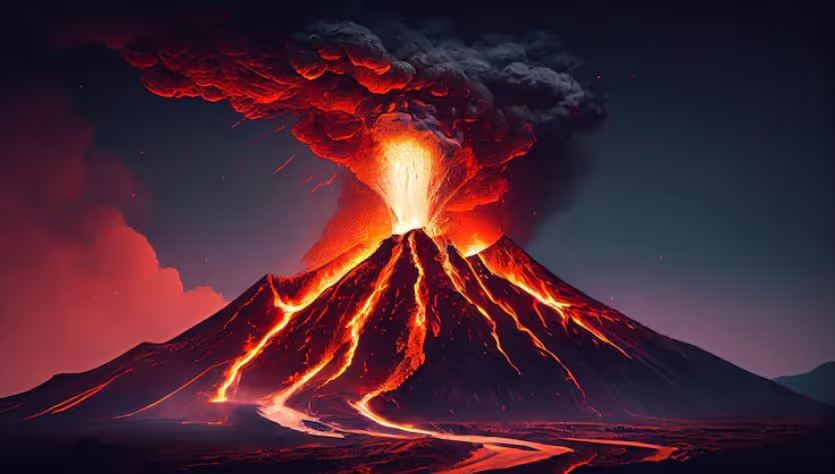Stay informed with our newsletter.
.webp)

.webp)

Mount Etna, one of the world’s most active volcanoes, has erupted once again, sending massive plumes of ash and smoke high into the sky. The dramatic eruption was visible from miles away, capturing the attention of residents and tourists in Sicily. Authorities are monitoring the situation closely, though no immediate danger to nearby communities has been reported. The eruption serves as a reminder of the volcano’s persistent activity and its powerful presence in the region.

Italy's Mount Etna has erupted, releasing thick clouds of ash and smoke into the air above the volcano. Footage from Sicily captured lava and volcanic debris pouring from the mountain early Monday. Italy’s National Institute of Geophysics and Volcanology (INGV) Etna Observatory reported several increasingly strong explosions during the early hours of the day. Authorities say the full extent of the eruption is still being assessed, though the impact so far seems limited.
As one of the most frequently active volcanoes on Earth, Mount Etna’s eruptions happen regularly and rarely cause major damage or harm. Geophysical data indicates the latest activity originated from the volcano’s southeastern flank, where a known 200-meter-wide vent is located. Video shared on Monday showed a fast-moving surge of ash, gas, and rock, known as a pyroclastic flow, racing down the volcano’s slopes. Experts believe part of the crater may have collapsed, causing the debris to slide rapidly downward.
Though pyroclastic flows are extremely hazardous, no immediate danger to the surrounding area has been reported. In its latest bulletin, INGV stated that the volcanic material had not moved beyond the Valley of the Lion, a well-known stopping point for tourist visits. The institute first noticed changes in volcanic activity just after midnight, later confirming a “Strombolian” eruption was in progress. Strombolian eruptions, which range in strength, are typically marked by gas-driven bursts that shoot molten material into the air.
This explosive activity is triggered when gas bubbles rise through the magma and burst at the surface, much like opening a fizzy drink.Such eruptions can pose risks to aircraft flying nearby due to the ash clouds. A red alert was reportedly issued Monday, potentially halting flights in the vicinity, but it was soon lowered. Etna’s previous significant eruption occurred in February, forcing flight diversions at Catania airport due to volcanic ash. Visitors were also cautioned to avoid the volcano’s active lava zones during that event.
For questions or comments write to contactus@bostonbrandmedia.com
Source: bbc
